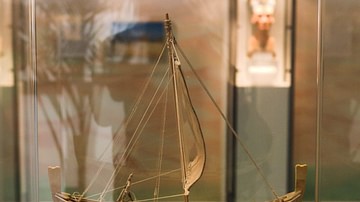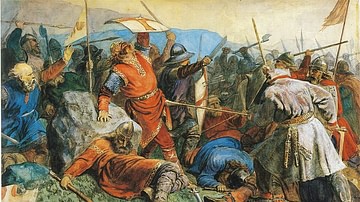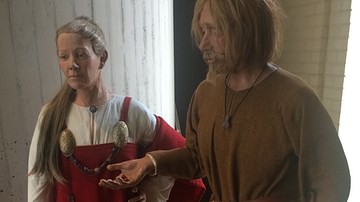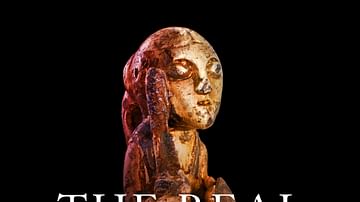Video
About the Author
Cite This Work
APA Style
Macquire, K. (2021, June 22). History of Ancient Sea Travel: Trade, Burials and Maritime Cultures. World History Encyclopedia. Retrieved from https://www.worldhistory.org/video/2586/history-of-ancient-sea-travel-trade-burials-and-ma/
Chicago Style
Macquire, Kelly. "History of Ancient Sea Travel: Trade, Burials and Maritime Cultures." World History Encyclopedia. Last modified June 22, 2021. https://www.worldhistory.org/video/2586/history-of-ancient-sea-travel-trade-burials-and-ma/.
MLA Style
Macquire, Kelly. "History of Ancient Sea Travel: Trade, Burials and Maritime Cultures." World History Encyclopedia. World History Encyclopedia, 22 Jun 2021, https://www.worldhistory.org/video/2586/history-of-ancient-sea-travel-trade-burials-and-ma/. Web. 25 Apr 2025.







